Home>Furniture & Design>Interior Design Trends>Why Is It Called Depression Glass
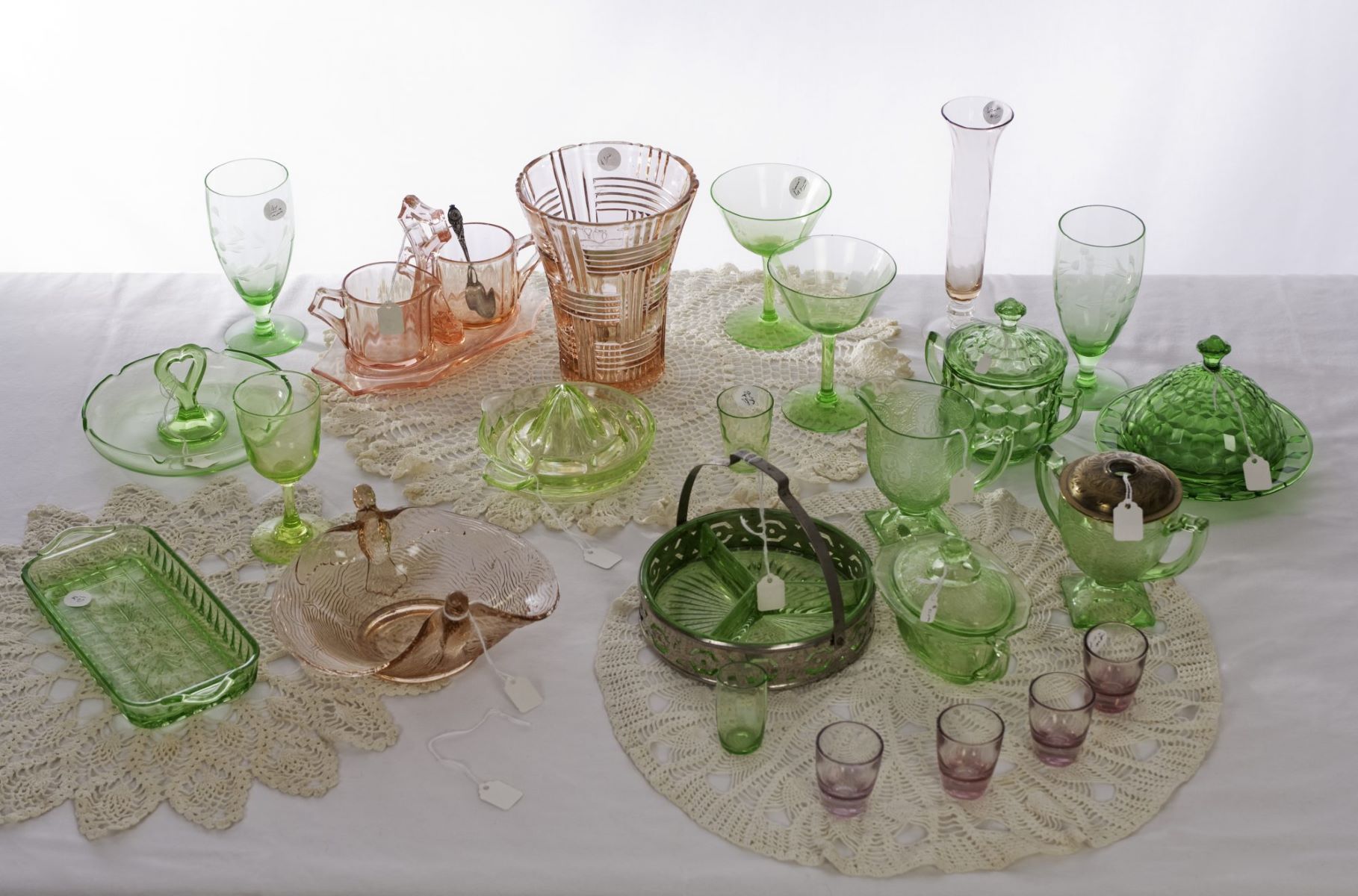

Interior Design Trends
Why Is It Called Depression Glass
Modified: April 21, 2024
Discover the history and significance of Depression Glass and its impact on interior design trends. Explore the timeless appeal and enduring legacy of this iconic glassware.
(Many of the links in this article redirect to a specific reviewed product. Your purchase of these products through affiliate links helps to generate commission for Storables.com, at no extra cost. Learn more)
What is Depression Glass?
Depression glass is a type of mass-produced, machine-made glassware that was manufactured in the United States during the 1920s and 1930s. It is characterized by its vibrant colors, intricate patterns, and affordability, making it a popular choice for households during the Great Depression era. This glassware was often given away as a promotional item or included as a free incentive in products such as cereal or laundry detergent.
The term "Depression glass" was coined much later, in the 1960s, to describe this particular type of glassware. It encompasses a wide range of items, including plates, bowls, cups, and serving pieces, all of which were designed to be both functional and aesthetically pleasing. The glassware was produced in various colors, with pink, green, and blue being some of the most common hues. The designs often featured intricate patterns such as flowers, geometric shapes, and ribbed textures, adding a touch of elegance to everyday dining and entertaining.
The production of Depression glass was heavily influenced by the Art Deco movement, which emphasized sleek lines, bold colors, and geometric patterns. This influence is evident in the design of many Depression glass pieces, with their streamlined shapes and eye-catching motifs.
Despite being mass-produced, Depression glass has a timeless appeal that continues to captivate collectors and enthusiasts. Its nostalgic charm, combined with its historical significance, has cemented its place as a beloved collectible and a cherished part of American cultural history.
Key Takeaways:
- Depression glass, popular in the 1920s and 1930s, was named to reflect the era of its production, symbolizing resilience and resourcefulness during the Great Depression.
- The vibrant colors, intricate patterns, and affordability of Depression glass continue to captivate collectors, evoking nostalgia and appreciation for a bygone era.
Read more: What Is Depression Glass
The Origin of the Name
The term "Depression glass" may seem to suggest a connection to the economic downturn of the 1930s, but its origins actually lie in a different era. In the 1960s, as interest in collecting vintage glassware surged, a catchy name was needed to describe the colorful, mass-produced glass pieces that had been a staple in American households during the Great Depression. This is when the term "Depression glass" was coined, reflecting the time period during which it was predominantly manufactured and used.
The name "Depression glass" serves as a poignant reminder of the challenging times in which this glassware emerged. It symbolizes resilience and resourcefulness, as families sought affordable yet elegant tableware to brighten their homes during an otherwise bleak economic landscape. The glassware's affordability and accessibility made it a popular choice for households across the country, offering a glimmer of beauty and sophistication amidst the hardships of the era.
Furthermore, the name "Depression glass" encapsulates the spirit of endurance and creativity that characterized the American experience during the Great Depression. It represents a tangible link to a pivotal period in history, reflecting the ingenuity of glass manufacturers who adapted to the economic constraints of the time by producing beautiful yet affordable wares for everyday use.
The enduring popularity of Depression glass as a collectible and a cherished part of American cultural history has further solidified the significance of its name. It serves as a testament to the resilience of the human spirit during challenging times and continues to evoke a sense of nostalgia and appreciation for the craftsmanship and artistry of a bygone era.
In essence, the name "Depression glass" not only denotes a specific type of glassware but also encapsulates a chapter in American history, reflecting the ingenuity, creativity, and enduring legacy of a generation that persevered through adversity.
The Impact of the Great Depression
The Great Depression, a period of severe economic downturn in the 1930s, had a profound impact on the production, distribution, and utilization of glassware, giving rise to the phenomenon of Depression glass. As the nation grappled with widespread unemployment, financial instability, and reduced consumer spending, the glassware industry underwent significant transformations that would leave a lasting imprint on American culture.
During the Great Depression, traditional luxury items and extravagant tableware became unattainable for many households. In response to the economic hardships faced by the general populace, glass manufacturers shifted their focus towards creating affordable yet visually appealing glassware. This led to the widespread production of Depression glass, which offered a touch of elegance and color to everyday dining experiences at a fraction of the cost of traditional fine china.
The affordability and accessibility of Depression glass played a crucial role in uplifting the spirits of families during a time of immense hardship. Its vibrant colors and intricate designs brought a sense of beauty and sophistication to dining tables, serving as a symbol of hope and resilience amidst the economic turmoil. The availability of these glassware pieces as free incentives in various consumer products further contributed to their widespread adoption, making them a ubiquitous presence in American households during the era.
Moreover, the production of Depression glass provided much-needed employment opportunities during a period of widespread job loss. Glass factories continued to operate, albeit at reduced capacity, employing skilled artisans and laborers to create these colorful and ornate pieces. This not only sustained the livelihoods of many workers but also preserved the artistry and craftsmanship of the glass industry during a time of immense financial strain.
The enduring legacy of Depression glass as a tangible representation of the era's struggles and resilience underscores its significance in the broader narrative of the Great Depression. Its impact on the glassware industry, consumer culture, and societal morale during a time of unprecedented hardship solidifies its status as a poignant symbol of perseverance and creativity in the face of adversity.
In essence, the Great Depression catalyzed the emergence of Depression glass, shaping its production, distribution, and cultural significance. Its enduring appeal as a collectible and a cherished part of American history stands as a testament to the indomitable spirit of a generation that found solace and beauty in the midst of economic turmoil.
Depression glass is called so because it was produced during the Great Depression in the 1930s. It was often given away as a promotional item or sold at a low cost, making it accessible to many people during a difficult economic time.
The Characteristics of Depression Glass
Depression glass is renowned for its distinctive characteristics, which contribute to its enduring allure and historical significance. These defining features encompass a range of elements, including its vibrant colors, intricate patterns, and unique production methods, all of which distinguish Depression glass as a beloved collectible and a cherished part of American cultural history.
One of the most striking attributes of Depression glass is its vibrant and captivating colors. From delicate shades of pink and green to rich hues of blue and amber, Depression glass exhibits a diverse color palette that adds a touch of elegance and charm to any table setting. These lustrous colors were achieved through the addition of specific minerals and chemicals during the glassmaking process, resulting in a spectrum of captivating tones that continue to captivate collectors and enthusiasts.
In addition to its vibrant colors, Depression glass is characterized by intricate patterns and designs that showcase the artistry and craftsmanship of the era. From delicate floral motifs to geometric shapes and ribbed textures, the glassware features a myriad of captivating patterns that reflect the prevailing design aesthetics of the 1920s and 1930s. These ornate designs, often embossed or etched onto the glass surface, add a layer of sophistication and visual appeal to Depression glass pieces, making them highly sought after by collectors and admirers of vintage glassware.
Furthermore, the production methods employed in creating Depression glass contribute to its unique characteristics. The glassware was primarily machine-made using molds, which allowed for the mass production of consistent and uniform pieces. This standardized production process, combined with the use of economical materials, enabled Depression glass to be affordable and accessible to a wide audience during a time of economic hardship. The seamless fusion of efficiency and artistry in the production of Depression glass exemplifies the ingenuity and resourcefulness of glass manufacturers during the Great Depression era.
Overall, the characteristics of Depression glass, including its vibrant colors, intricate patterns, and unique production methods, underscore its enduring appeal and historical significance. These defining features not only contribute to the glassware's visual allure but also serve as a tangible link to a pivotal period in American history, reflecting the resilience, creativity, and enduring legacy of a generation that persevered through adversity.
The Popularity of Depression Glass Today
The enduring allure of Depression glass continues to resonate with collectors, enthusiasts, and admirers of vintage glassware, contributing to its sustained popularity in contemporary times. Despite being rooted in a specific historical era, Depression glass has transcended its original context to become a cherished and sought-after collectible with a dedicated following.
One of the key factors driving the ongoing popularity of Depression glass is its nostalgic appeal. For many individuals, these glassware pieces evoke memories of a bygone era, serving as tangible connections to the past and eliciting a sense of sentimental value. The vibrant colors, intricate patterns, and timeless elegance of Depression glass hold a timeless charm that transcends generational boundaries, resonating with both seasoned collectors and newcomers to the world of vintage glassware.
Furthermore, the accessibility of Depression glass in today's market contributes to its widespread appeal. While certain rare or limited-edition pieces may command high prices in the collector's market, Depression glass remains relatively affordable compared to other types of vintage glassware. This accessibility allows a broader audience to engage with and appreciate these historical artifacts, fostering a sense of inclusivity and accessibility within the collecting community.
The online marketplace has also played a pivotal role in sustaining the popularity of Depression glass. Platforms dedicated to vintage collectibles, online auctions, and social media communities provide avenues for enthusiasts to connect, share knowledge, and expand their collections. The digital landscape has facilitated greater visibility and accessibility for Depression glass, enabling individuals from diverse backgrounds to explore, acquire, and appreciate these cherished pieces.
Moreover, the enduring appeal of Depression glass is bolstered by its versatility and functionality. Many collectors integrate Depression glass into their daily lives, using it for table settings, home decor, and special occasions. Its ability to seamlessly blend vintage charm with contemporary lifestyles ensures that Depression glass remains relevant and cherished in modern households.
In essence, the sustained popularity of Depression glass today is a testament to its timeless allure, historical significance, and enduring impact on American culture. As collectors and enthusiasts continue to celebrate and preserve the legacy of Depression glass, its place as a beloved and cherished part of American history remains firmly entrenched in the hearts and homes of individuals across the globe.
Frequently Asked Questions about Why Is It Called Depression Glass
Was this page helpful?
At Storables.com, we guarantee accurate and reliable information. Our content, validated by Expert Board Contributors, is crafted following stringent Editorial Policies. We're committed to providing you with well-researched, expert-backed insights for all your informational needs.
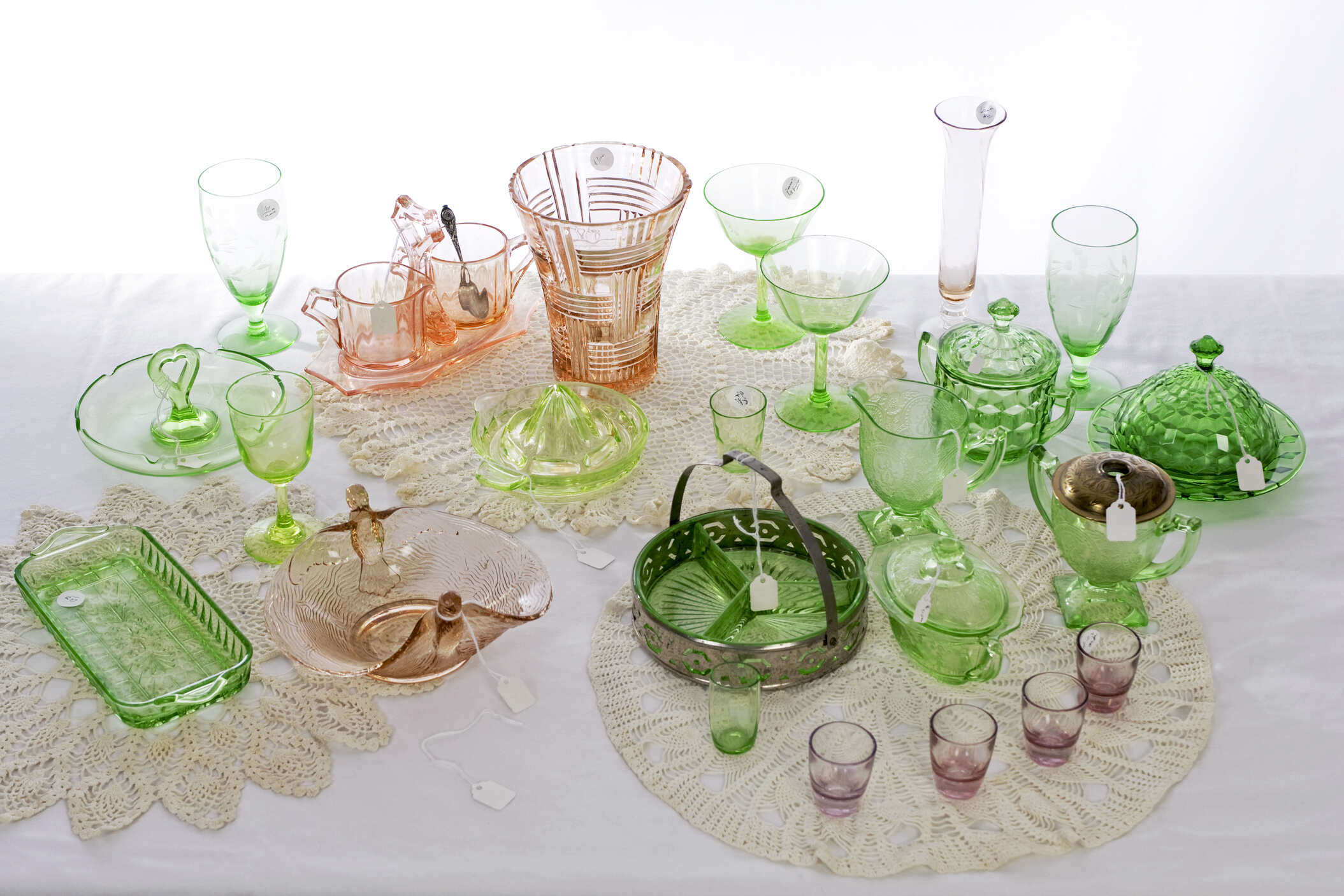
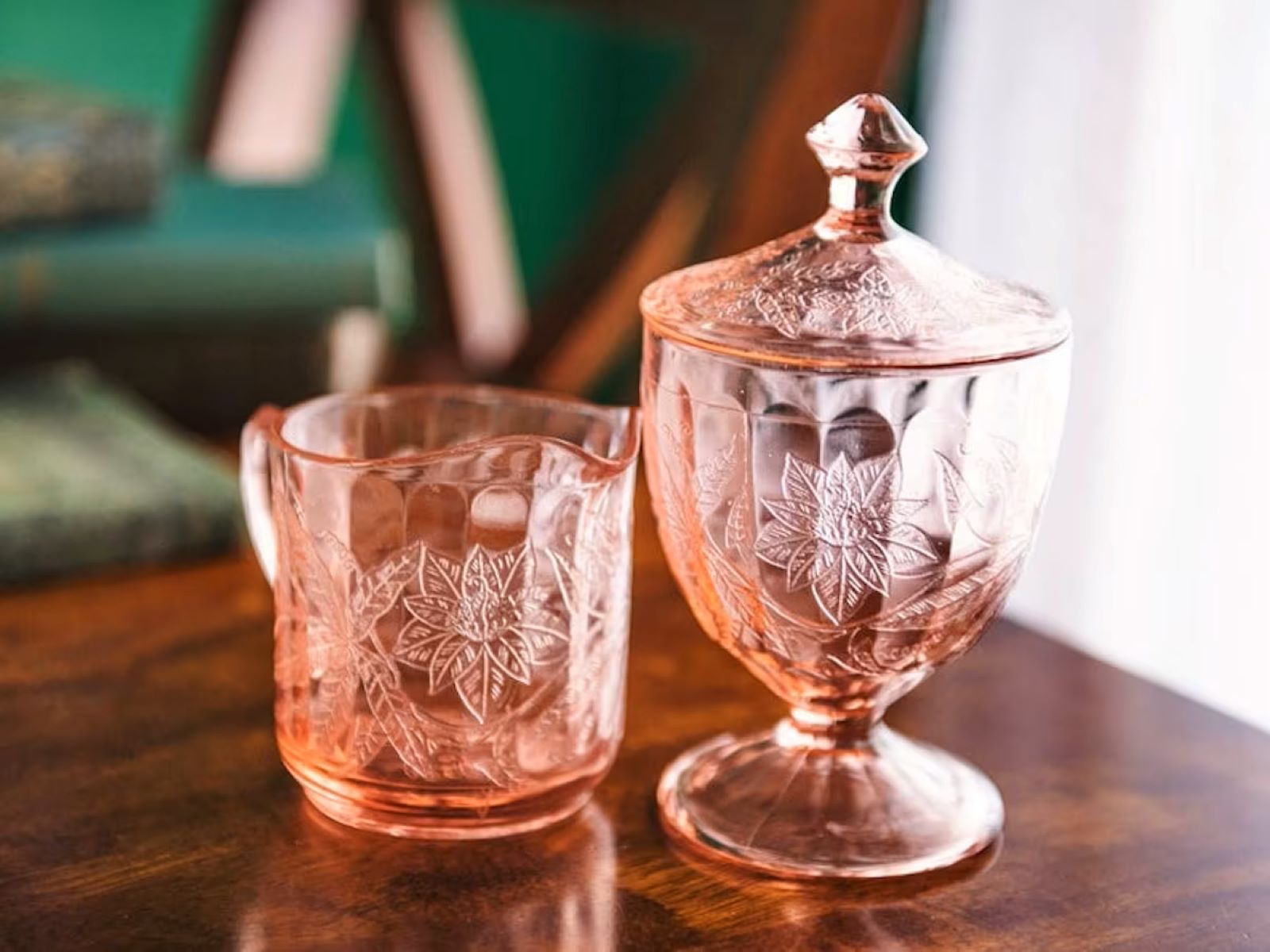
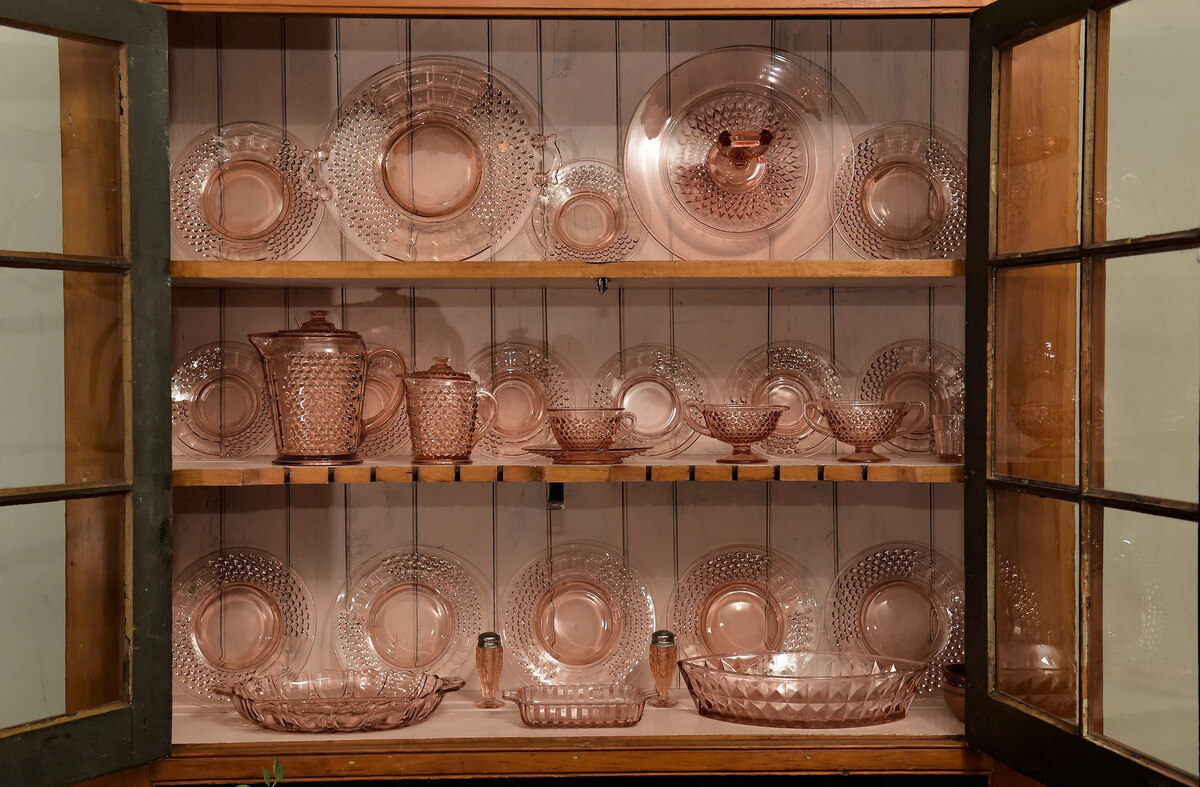
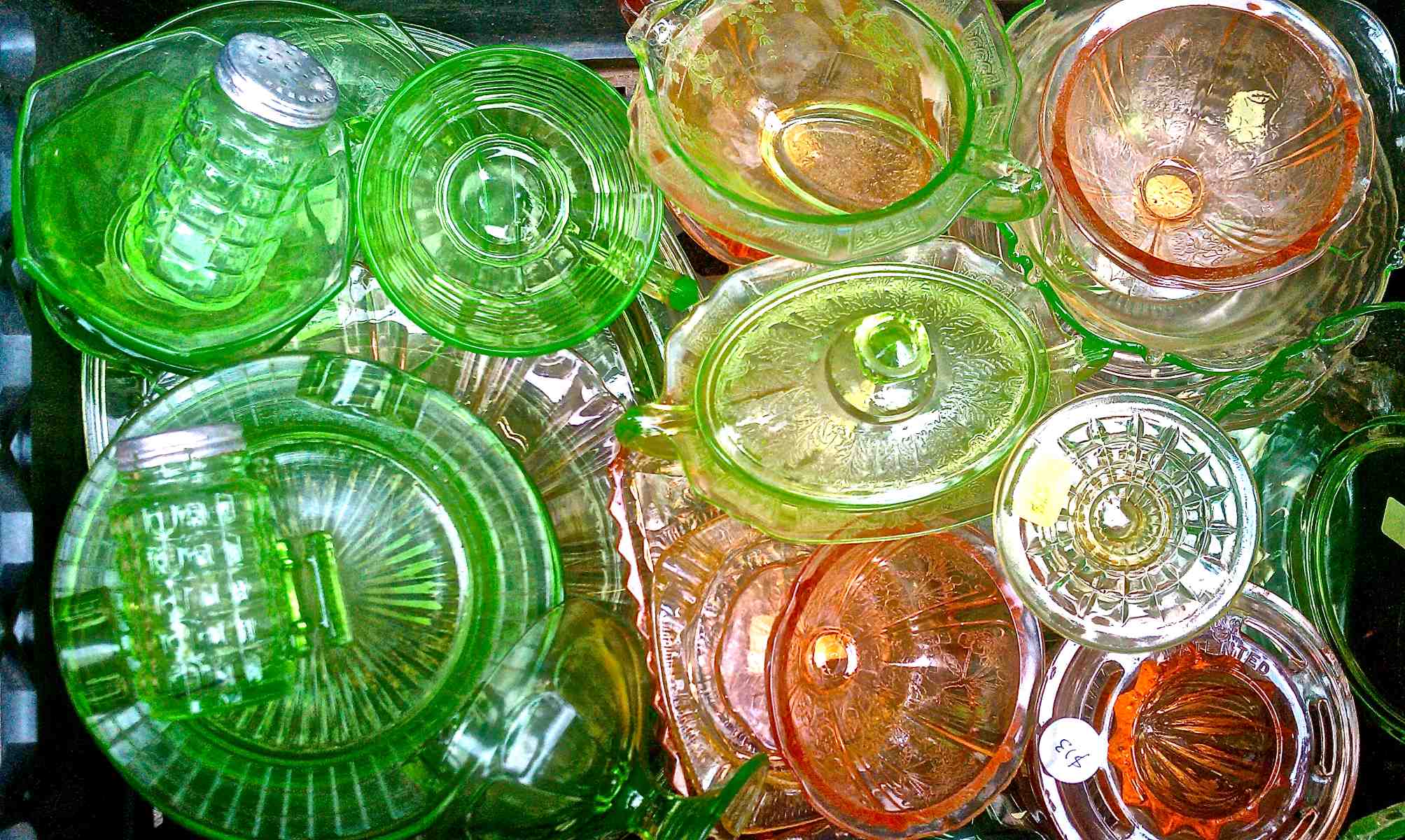
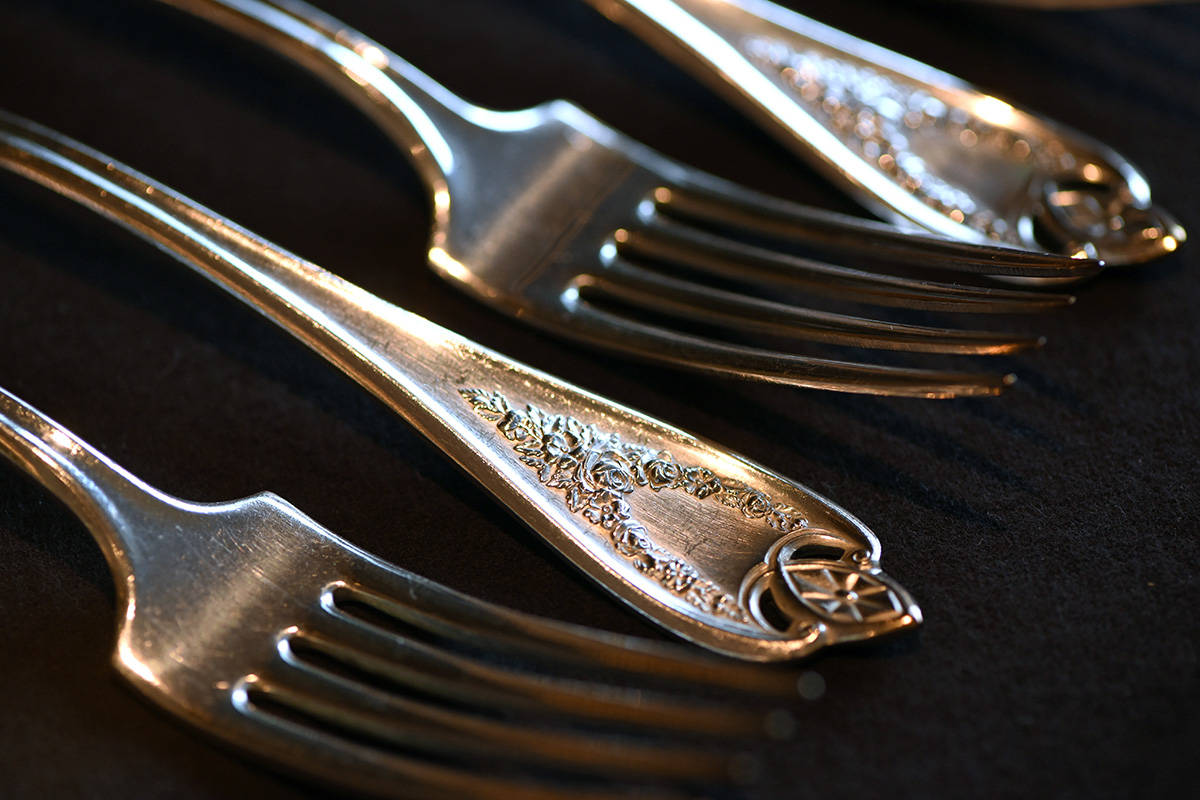


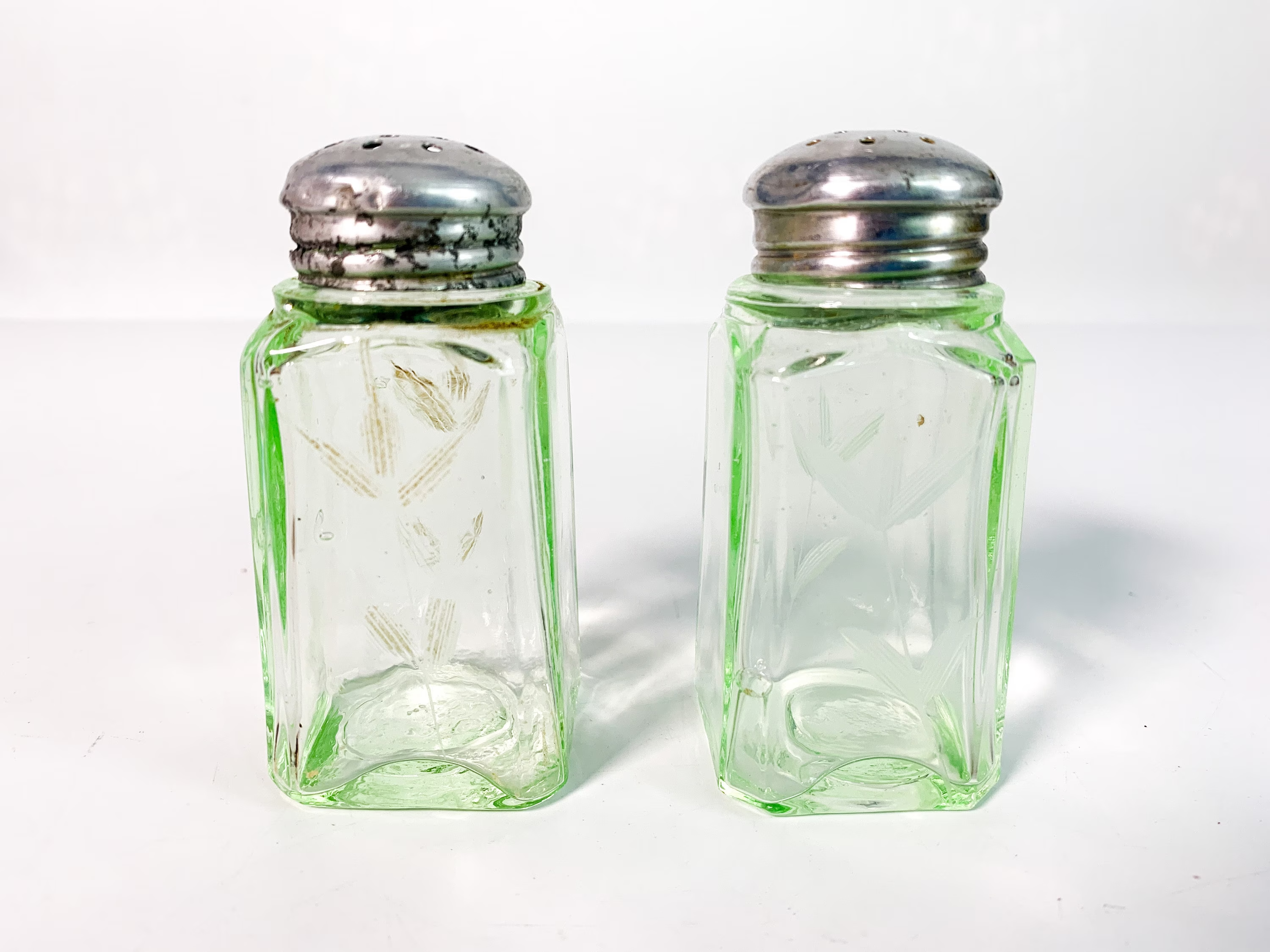
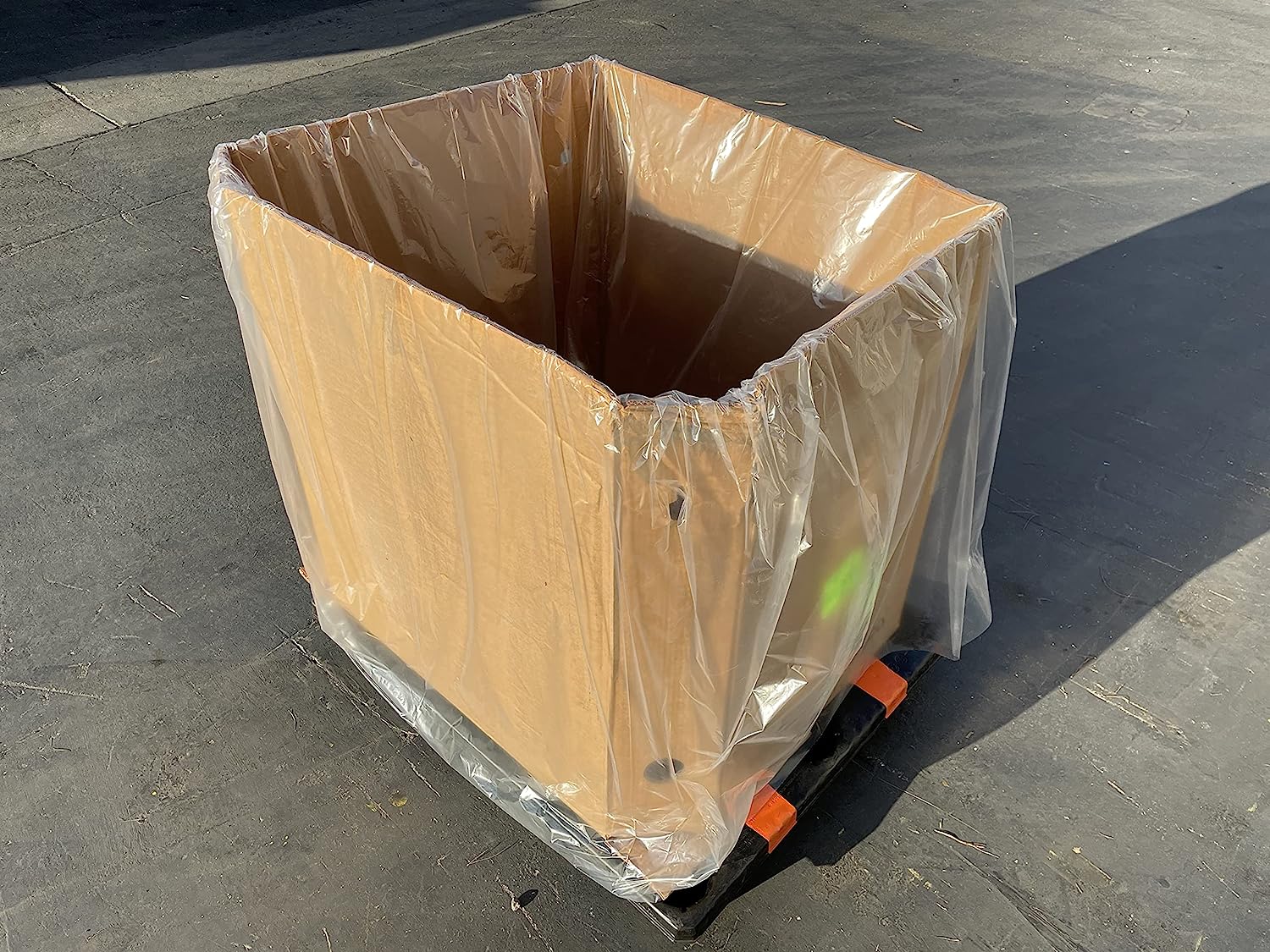

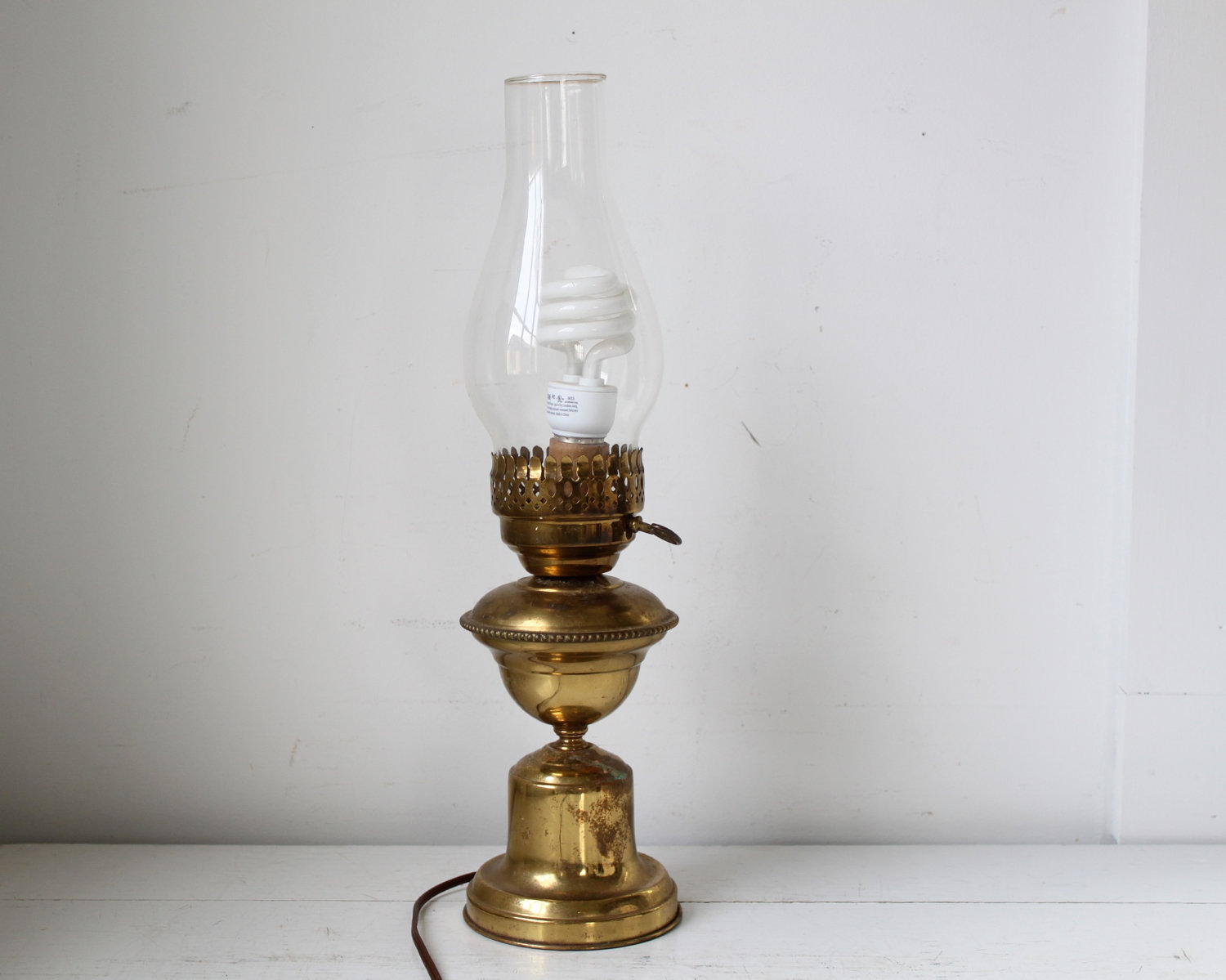

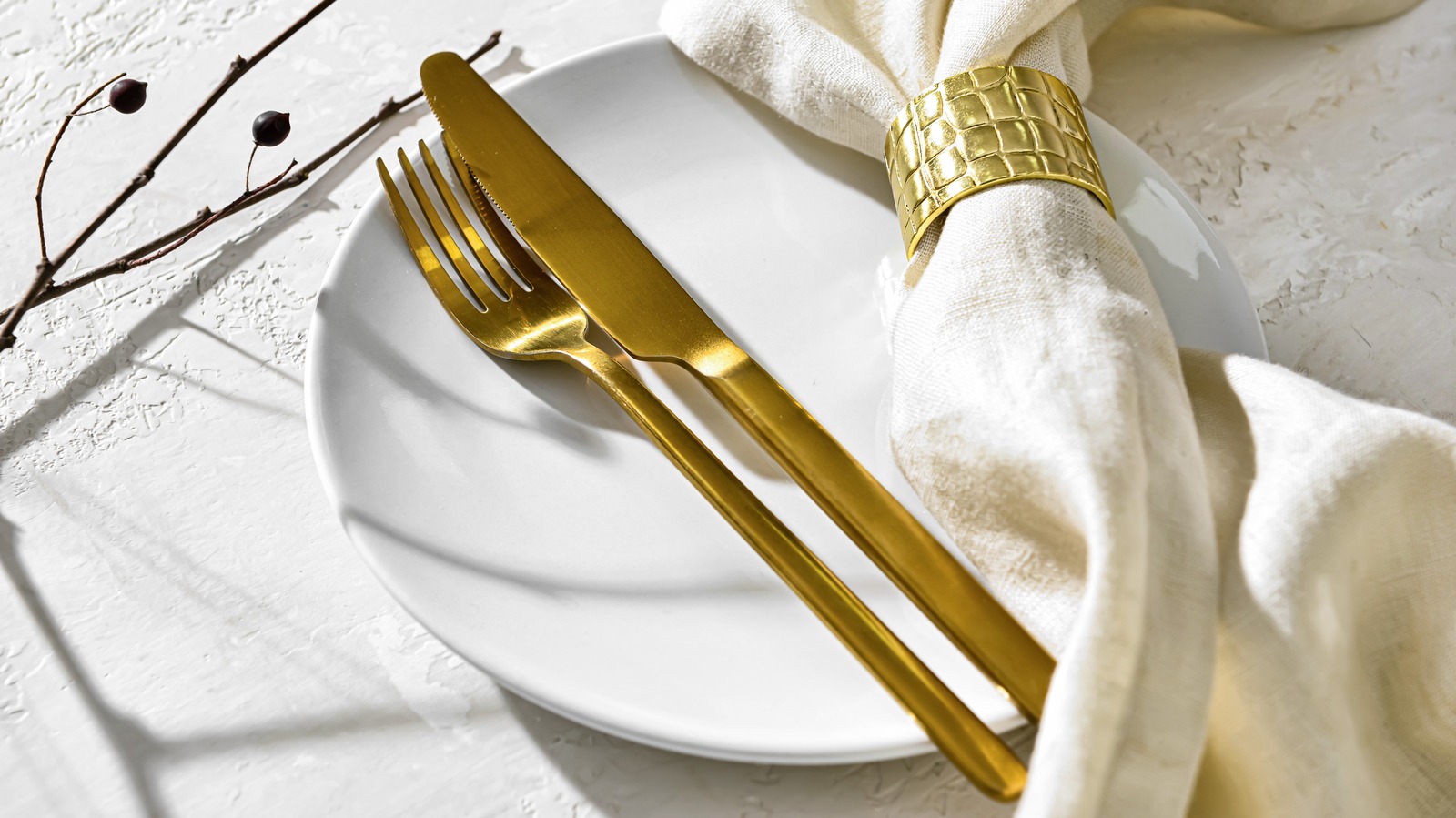
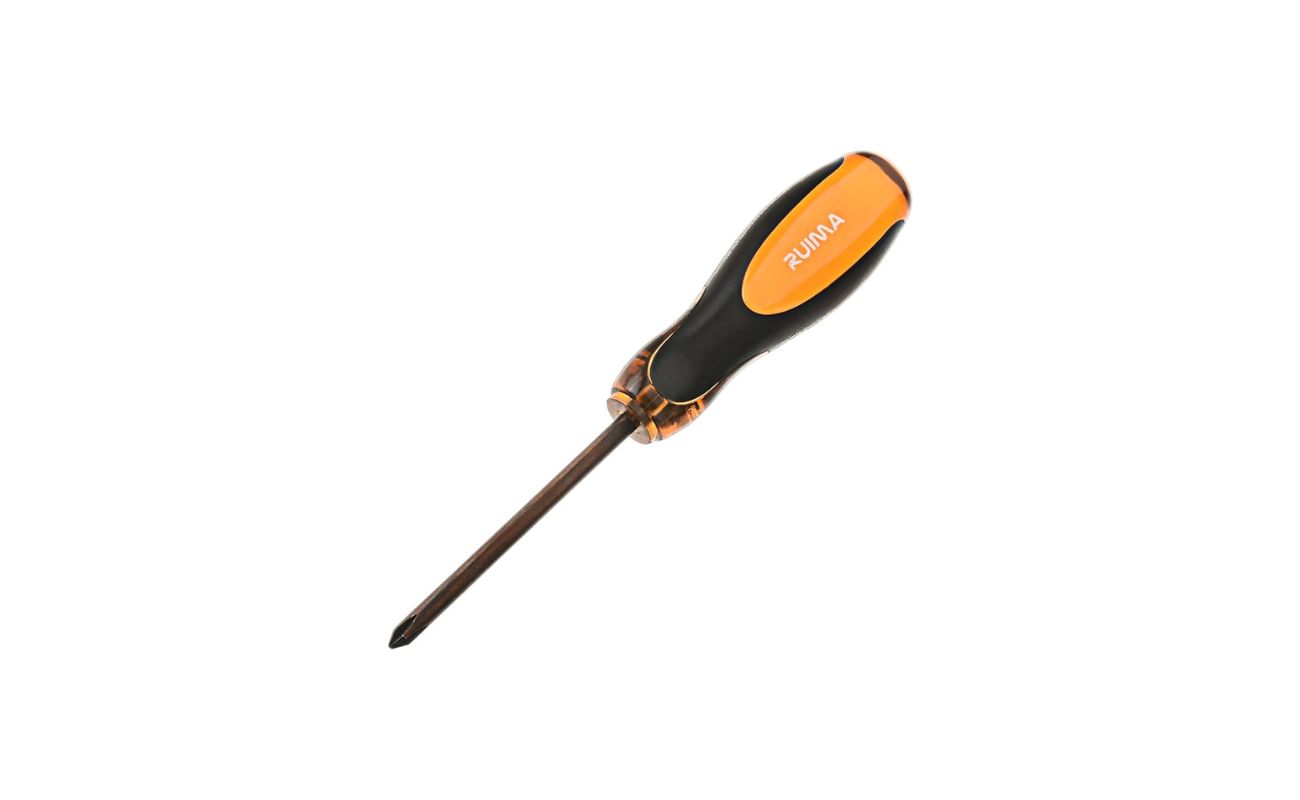
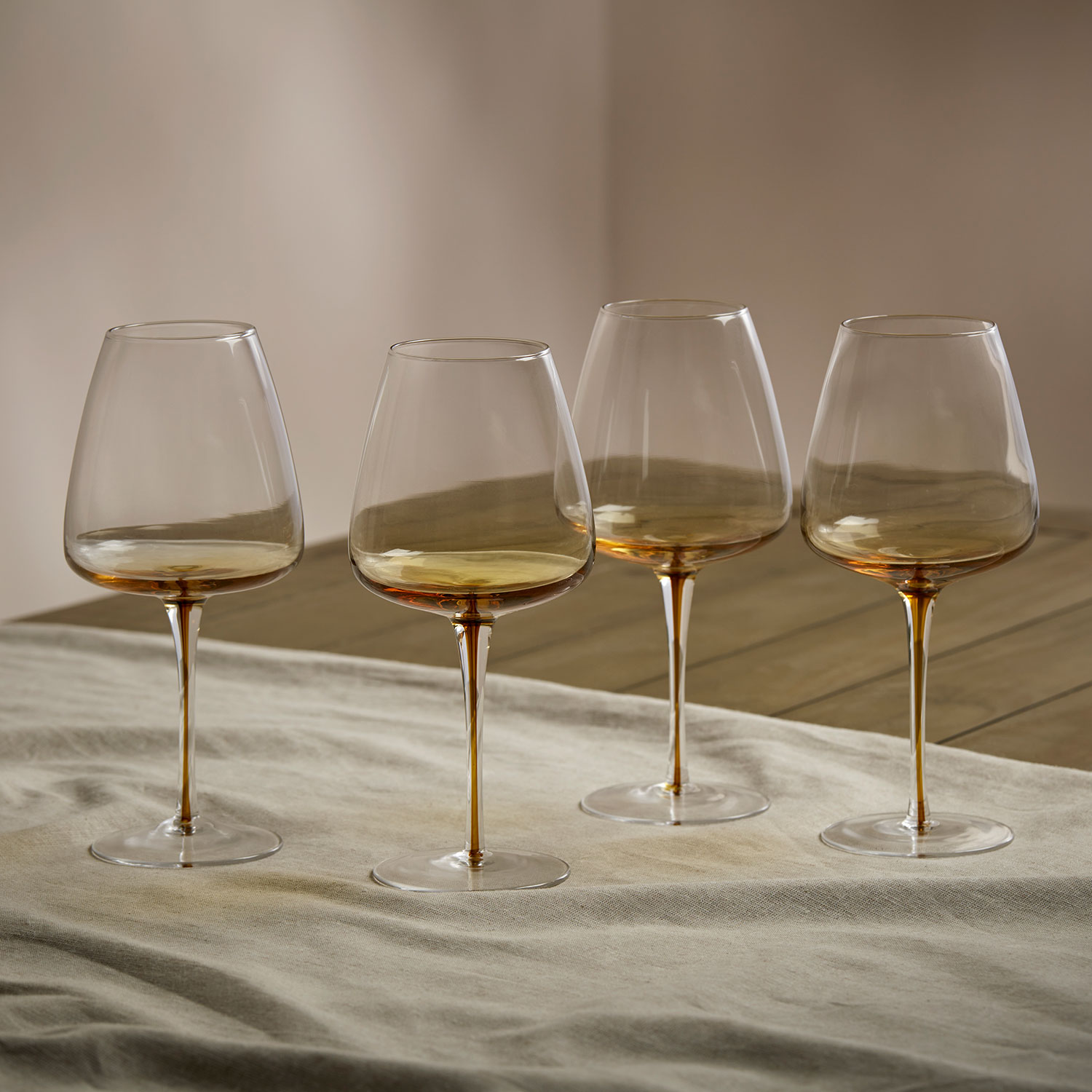

0 thoughts on “Why Is It Called Depression Glass”